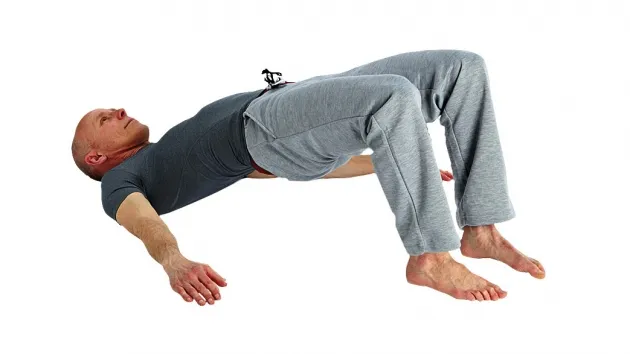The gluteal muscles, or glutes, consist of three individual muscles — the gluteus maximus, medius and minimus — and Paul Hough, lead sport/exercise physiologist at St Mary’s University and author of Advanced Personal Training explains how you can build better glutes for cycling.
How the gluteus maximus works
The gluteus maximus is the largest muscle in the body and acts as a powerful hip extender; this muscle should be strongly activated during the down stroke of the pedalling action.
The smaller gluteus medius and minimus allow for outward rotation and lateral movement of the hips and also provide hip stability.
What can go wrong?
Due to the repetitive action of cycling and a lack of full hip extension in the pedalling stroke, the majority of cyclists tend to have stronger quadriceps (front thigh muscles) in relation to the glutes and hamstrings.
This imbalance is often compounded due to inactivity and sitting down for long periods. ‘Gluteal amnesia’ as it’s known can be the source of lower back pain, while weakness in the smaller glutes can lead to knee problems.
How to fix it?
Performing glute strengthening and stretching exercises two to three times per week can improve pedalling efficiency and reduce injury risk.
Simple exercises, such as glute/shoulder bridges, can be performed as part of a warm-up before a ride.

Tight hip flexors can inhibit the glutes so hip flexor stretches should be performed before glute exercises. Stretch the hip flexors and glutes after every training session.
Check out some of our guides to stretching and exercising the muscles most commonly used in cycling:
- 5 foam roller exercises to roll out tight muscles
- 8 stretches to improve your flexibility and cycling performance
- Quick exercises to build your strength for cycling
- Banish back pain with these 10 simple exercises anyone can try
- Exercises you can do off the bike
- How to stretch like a pro

